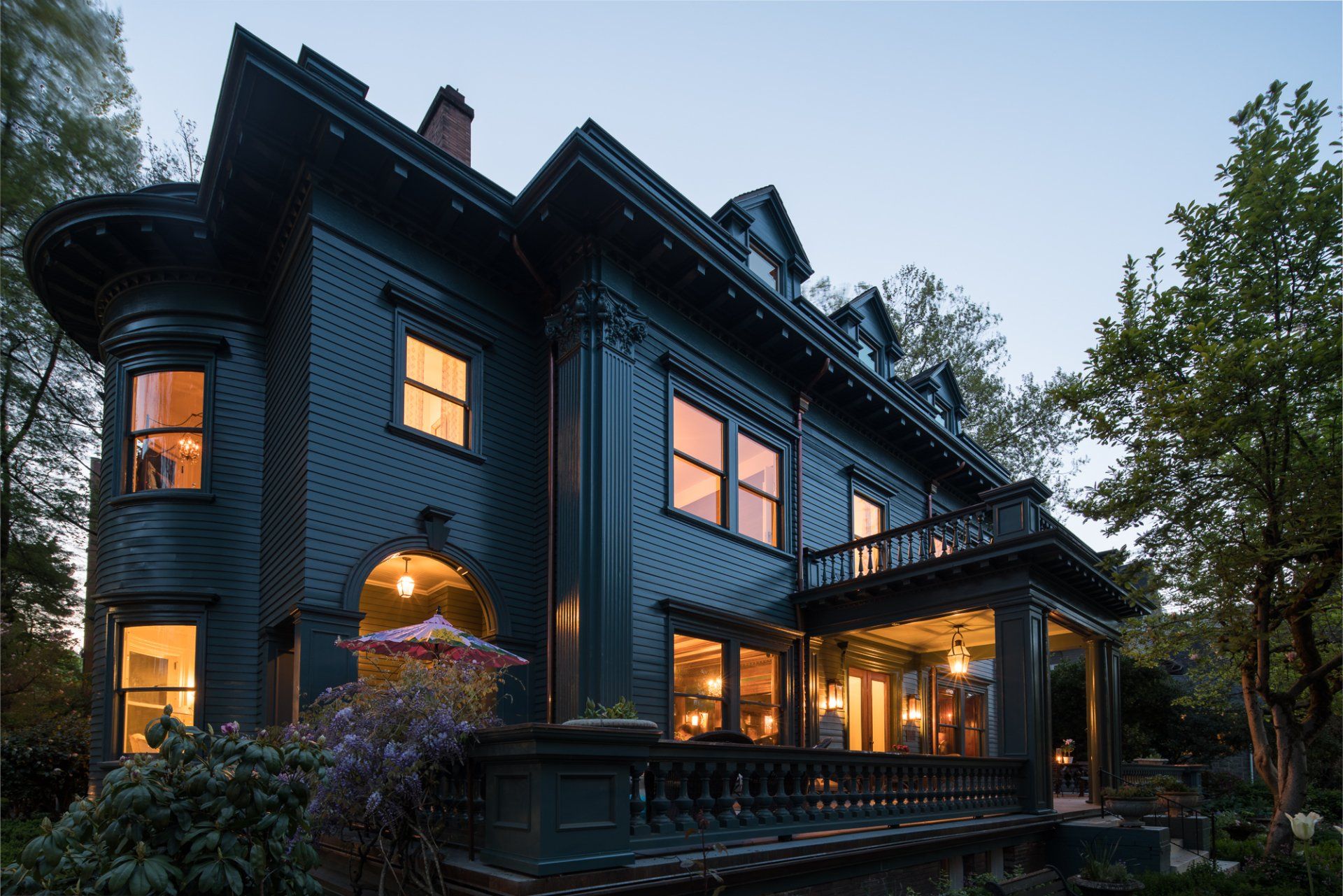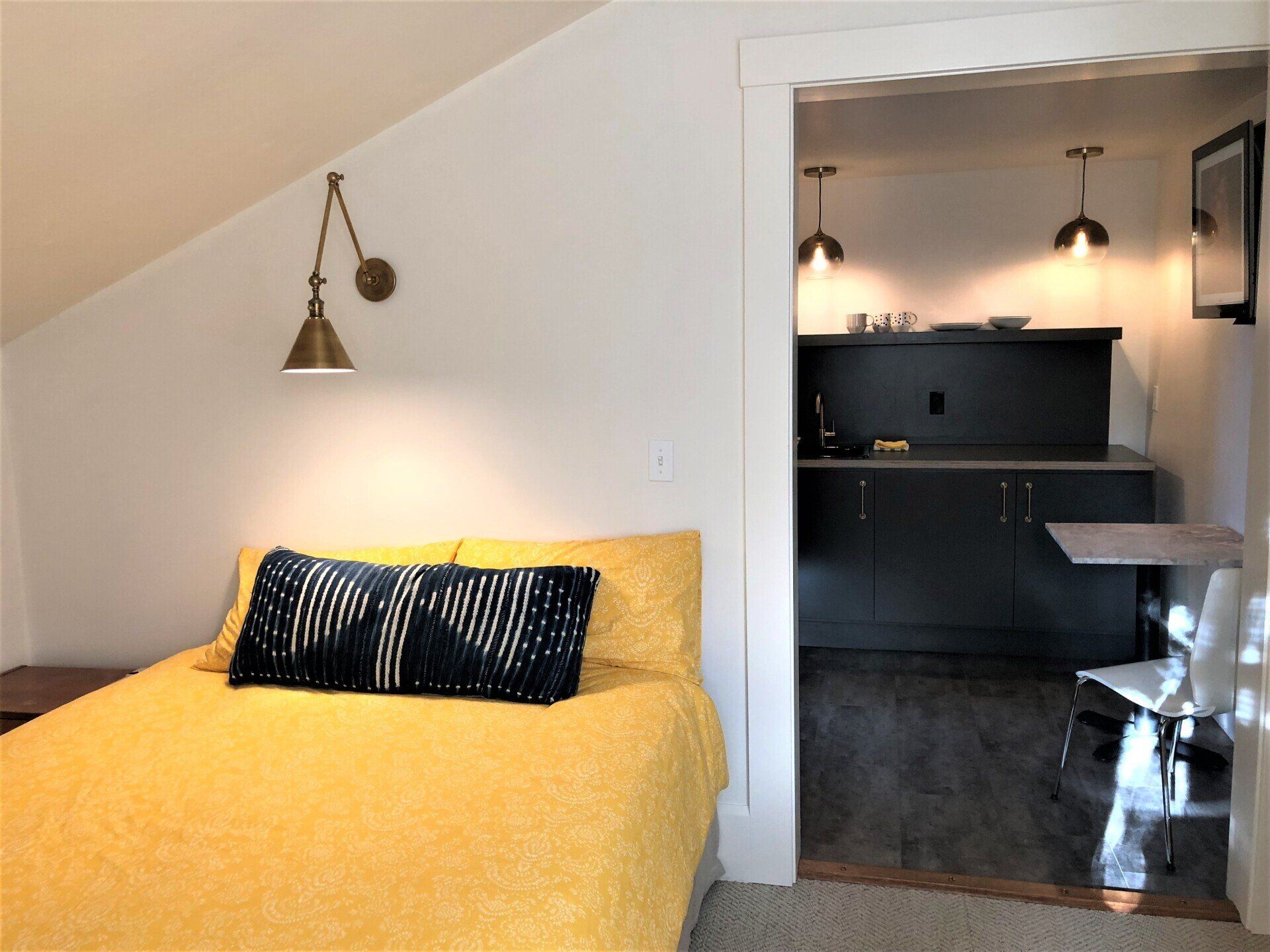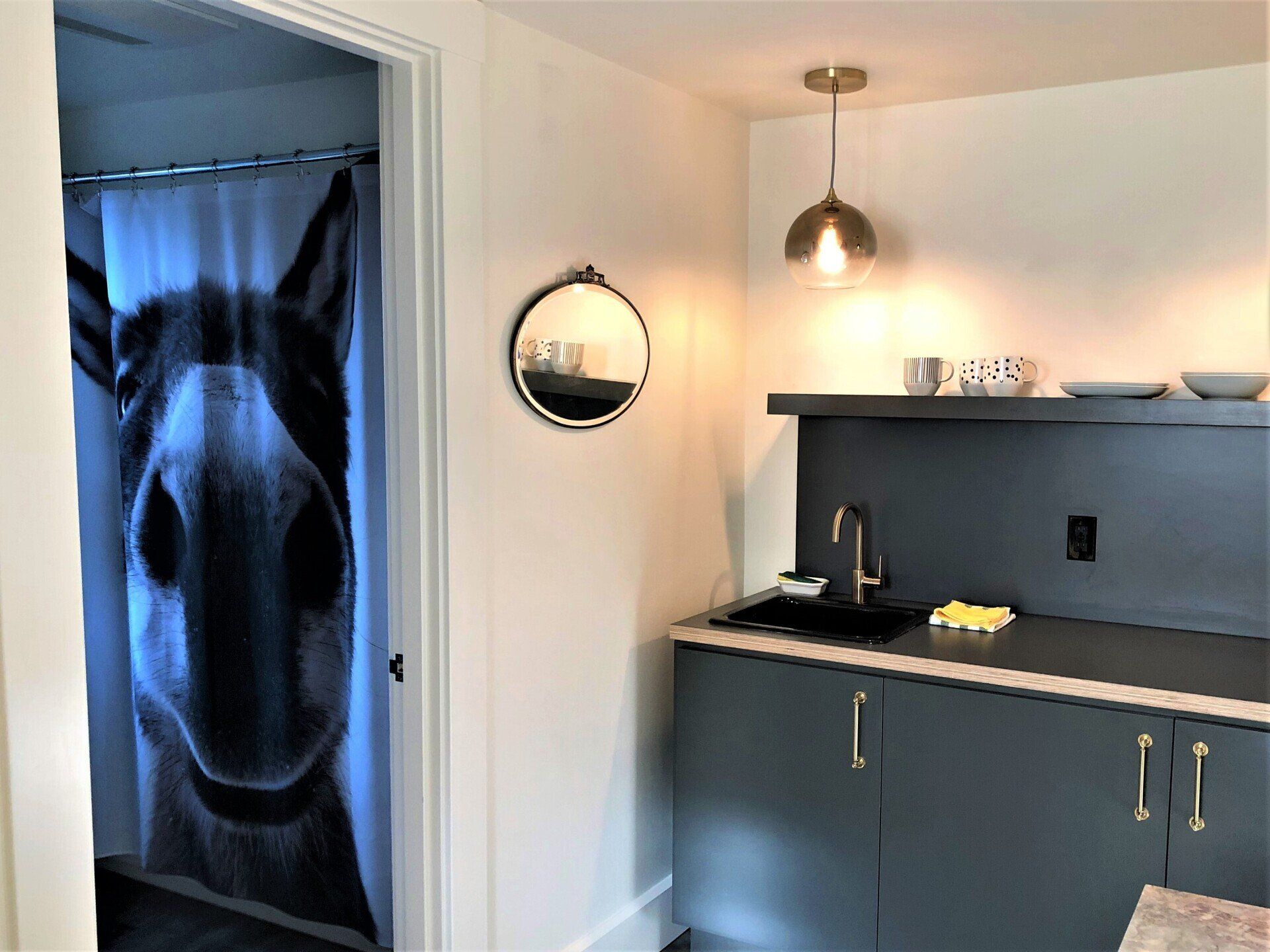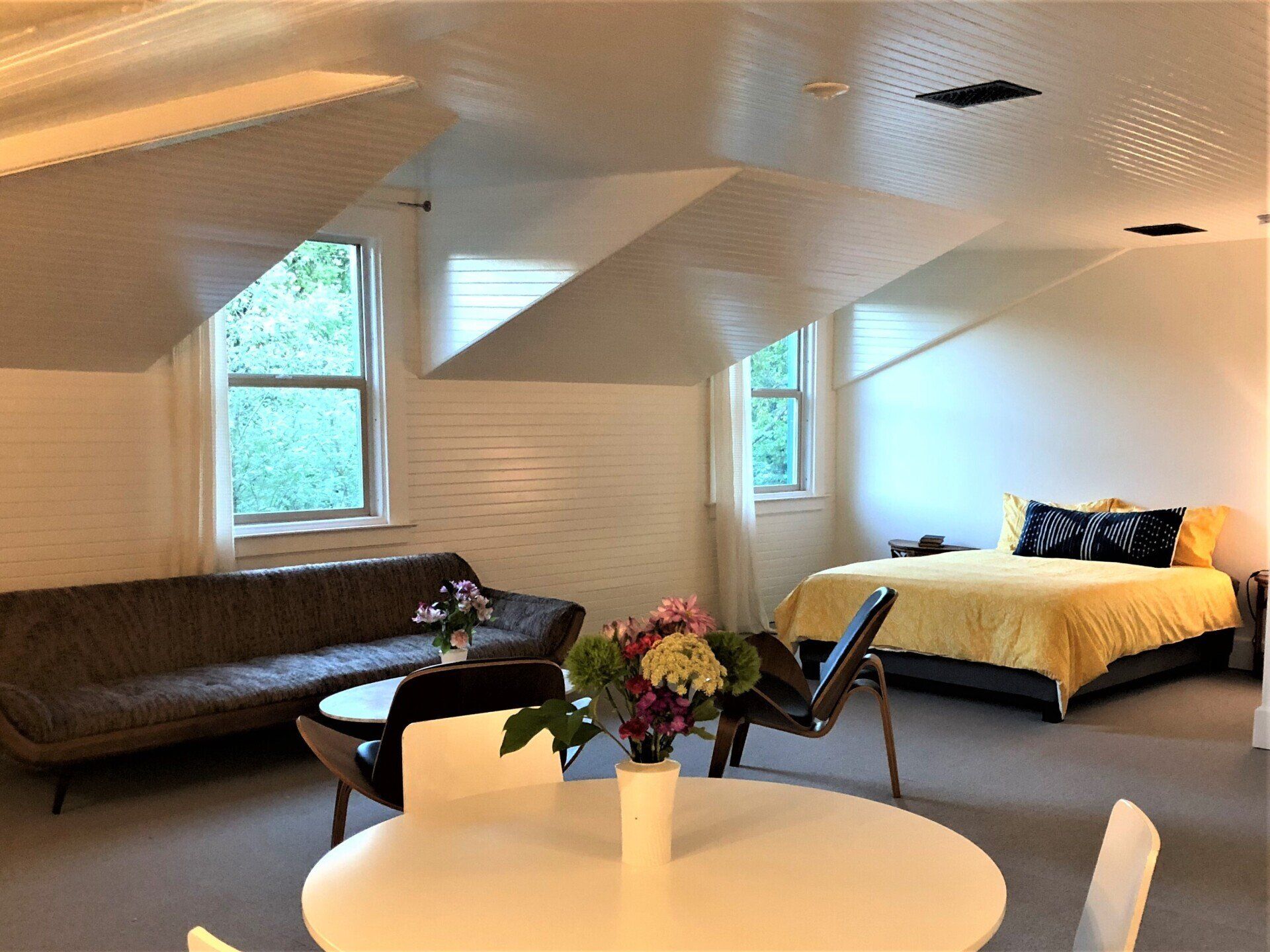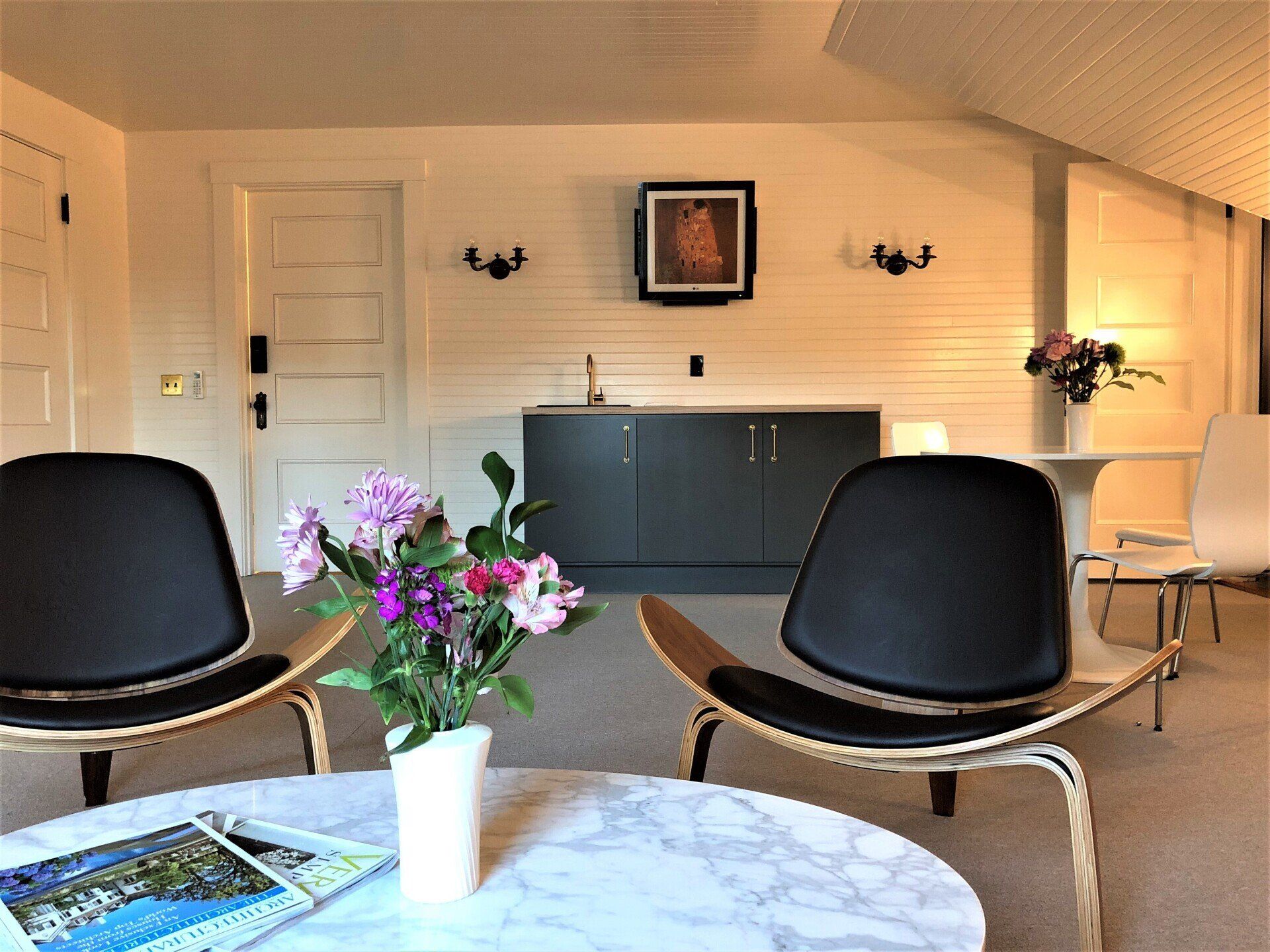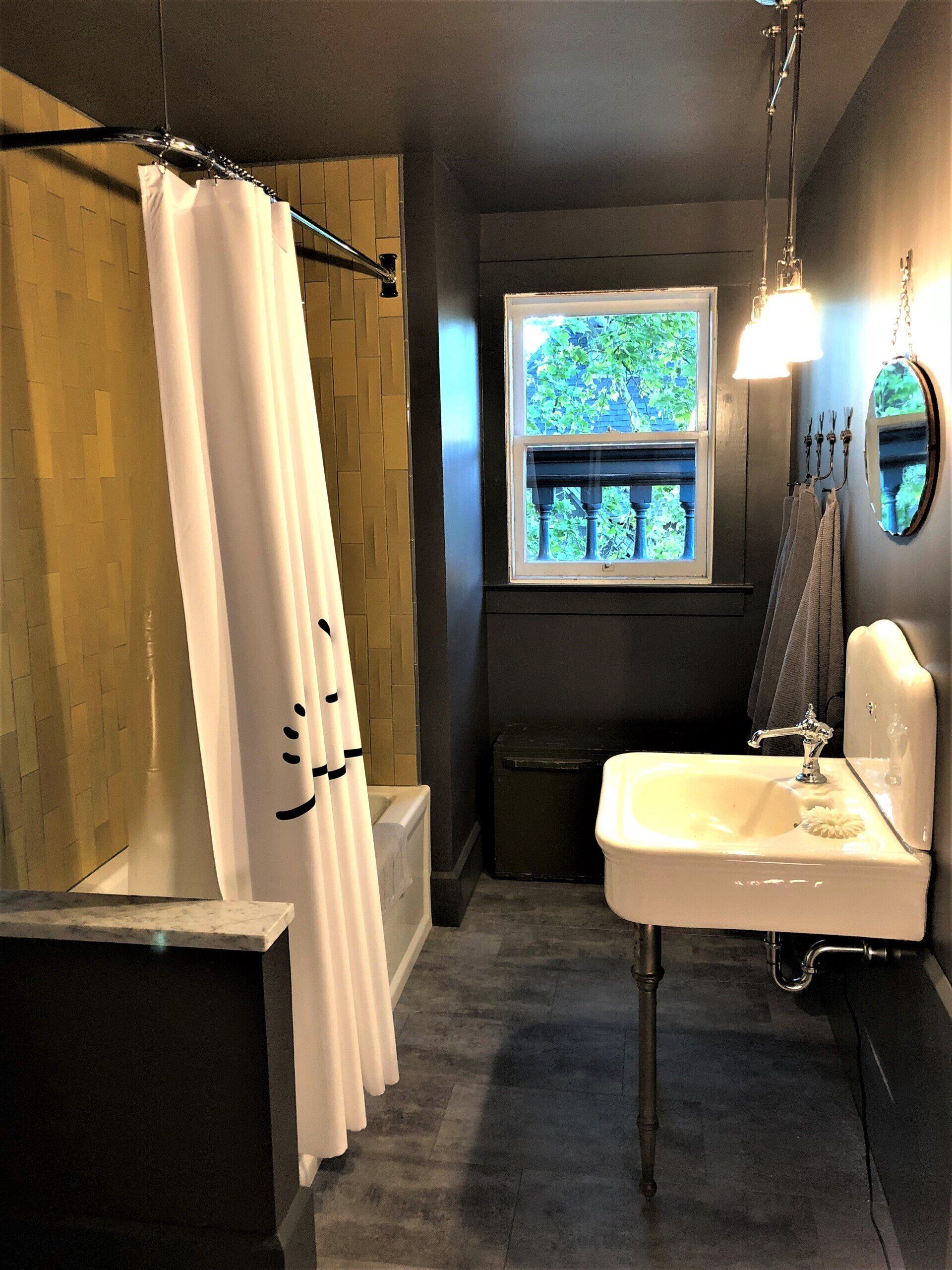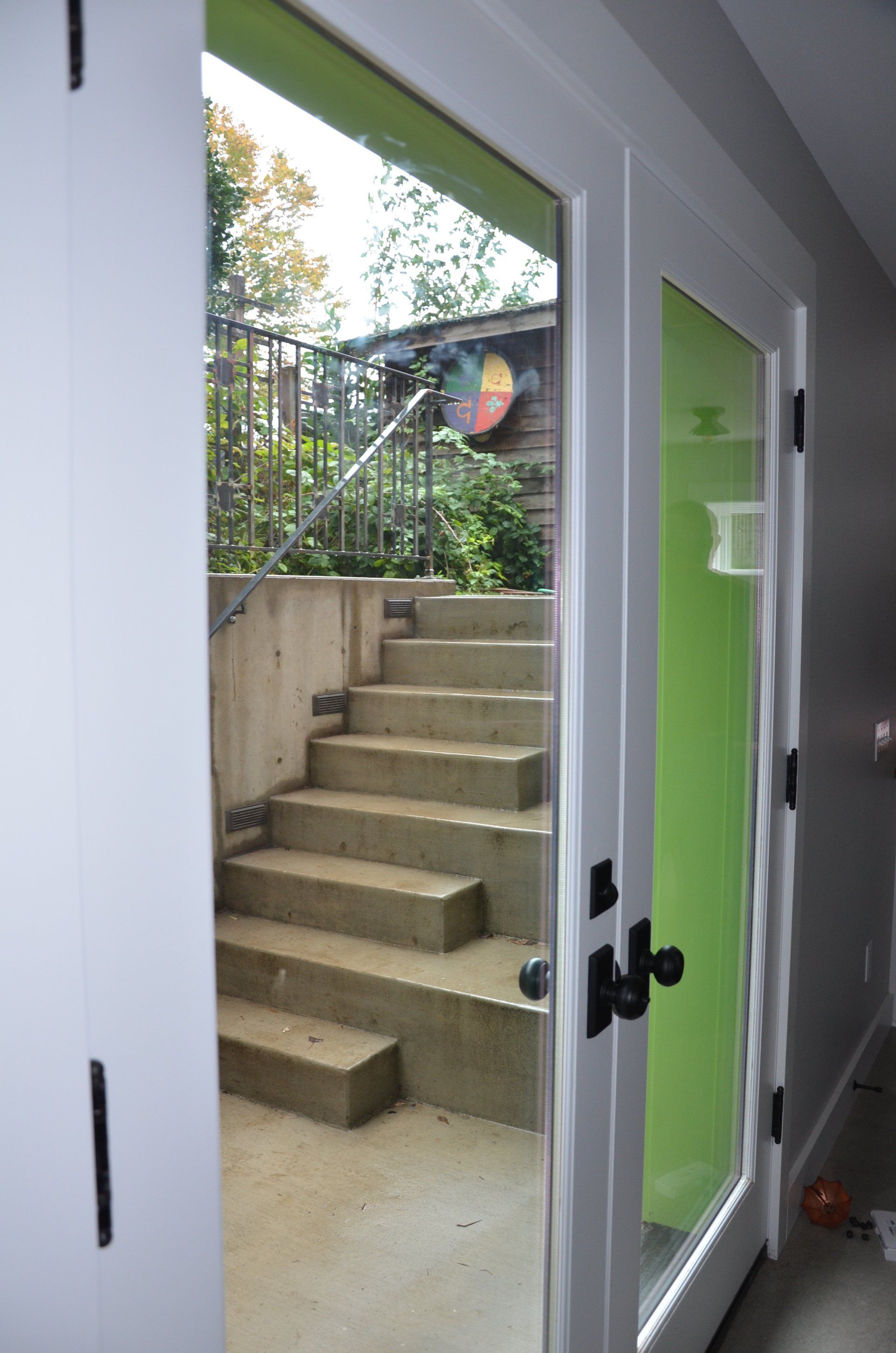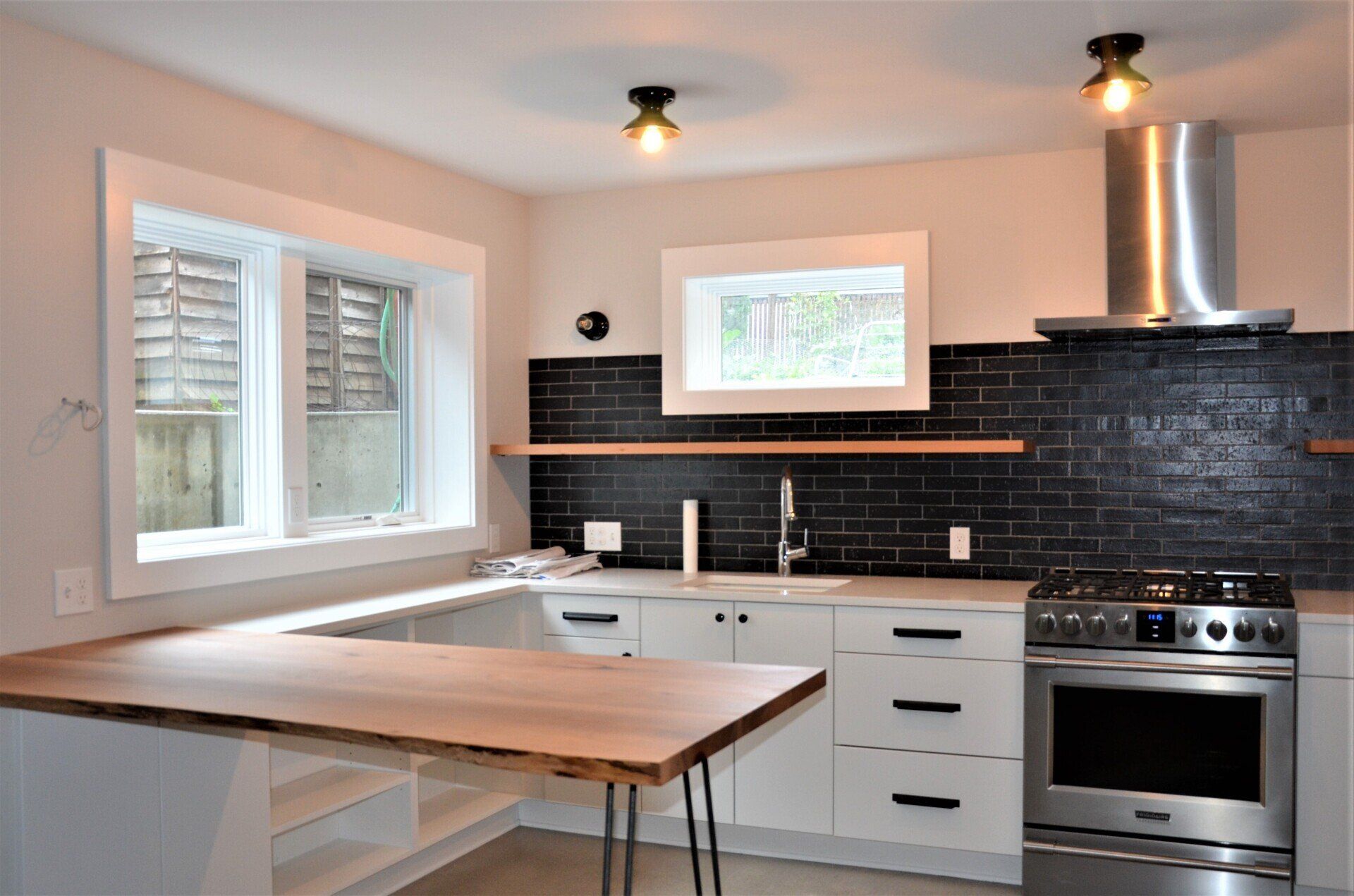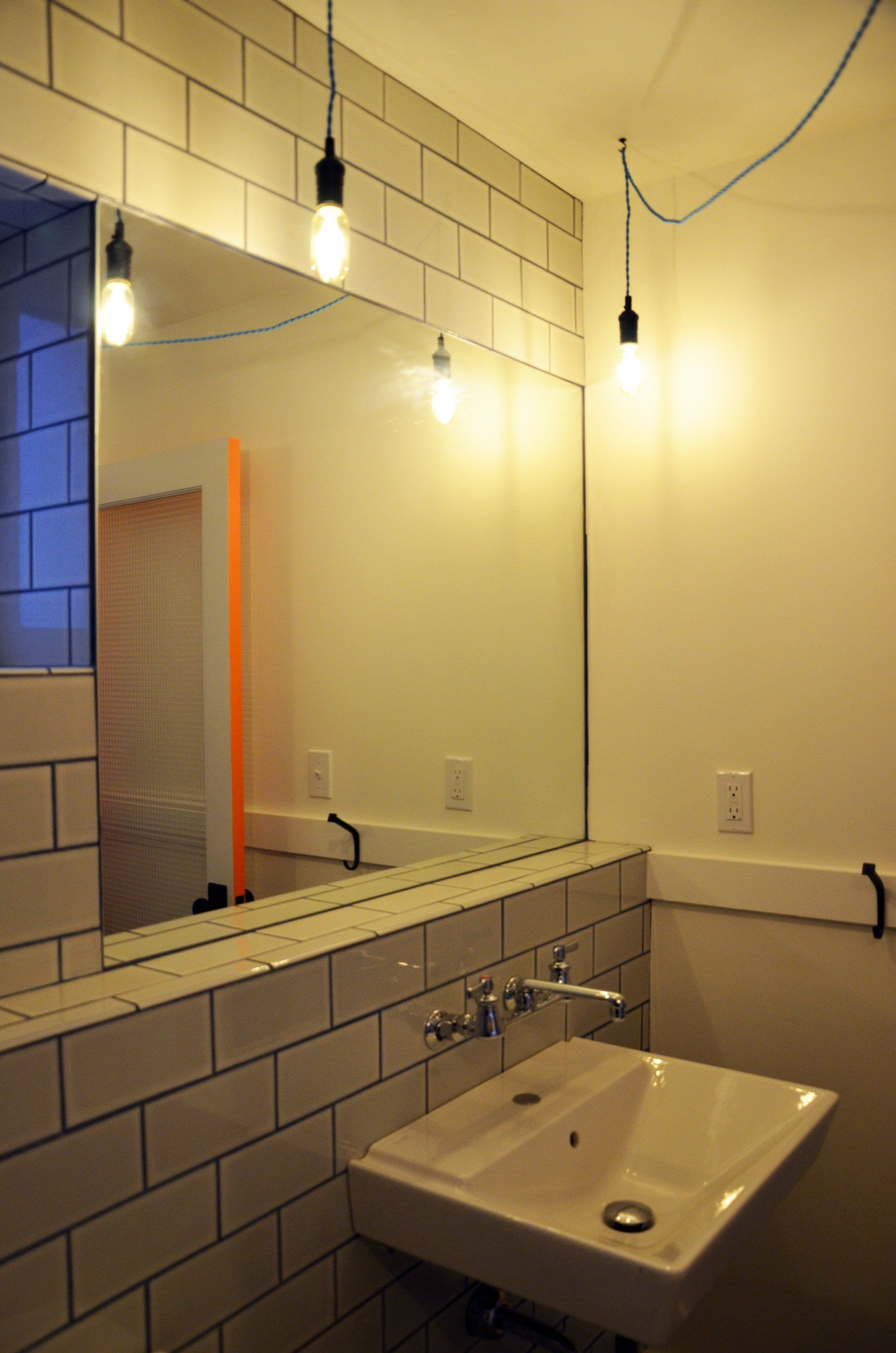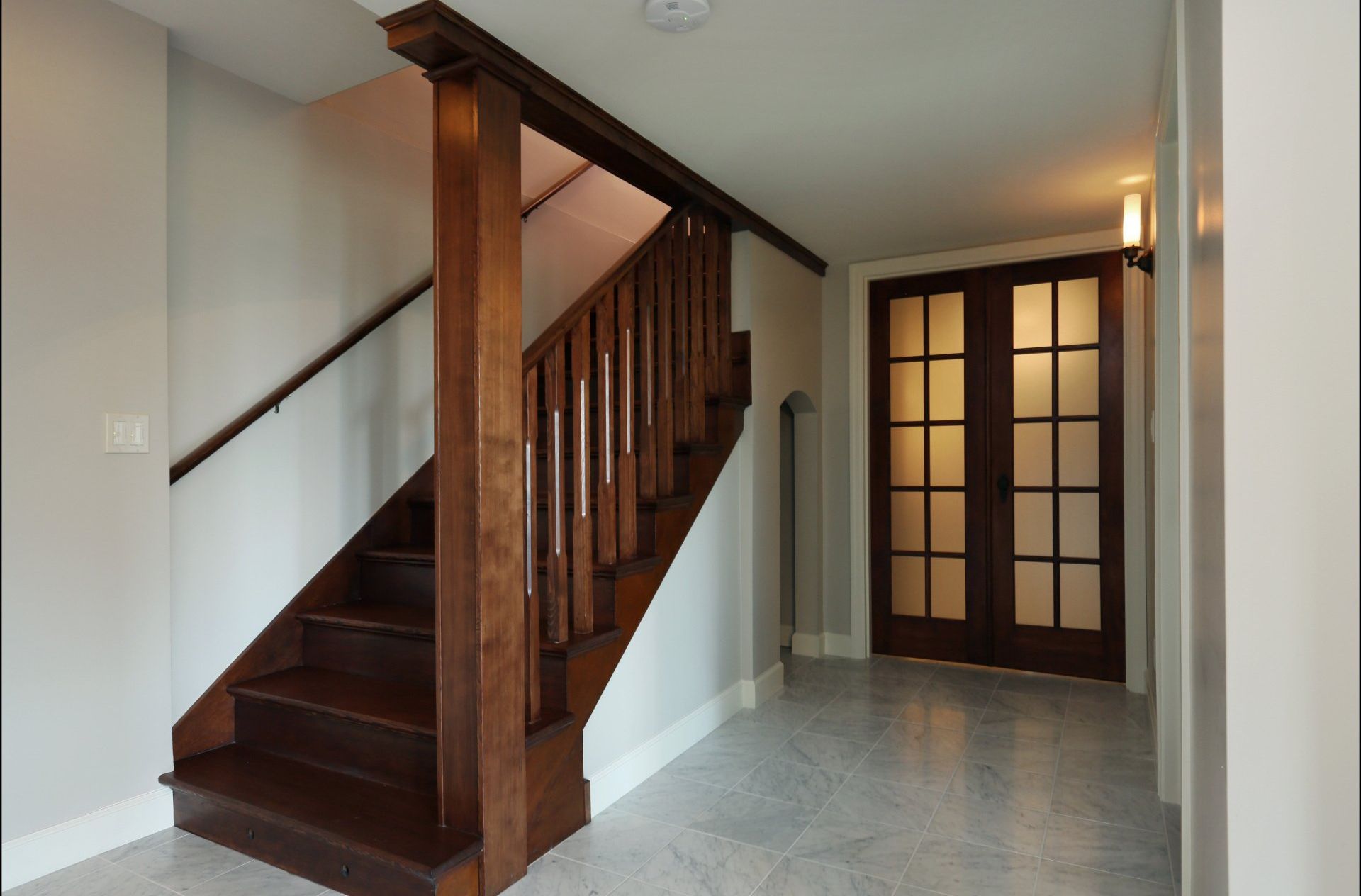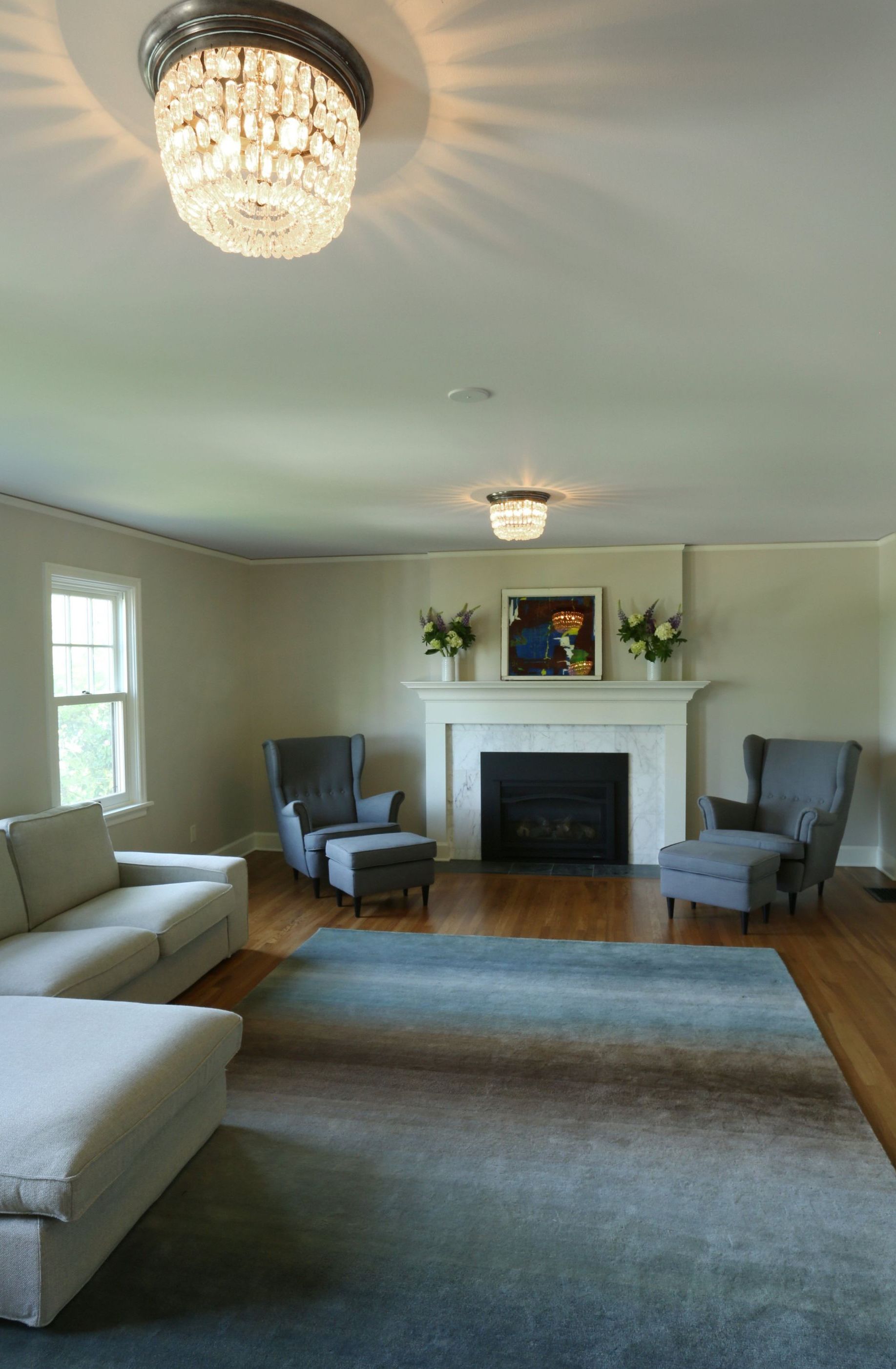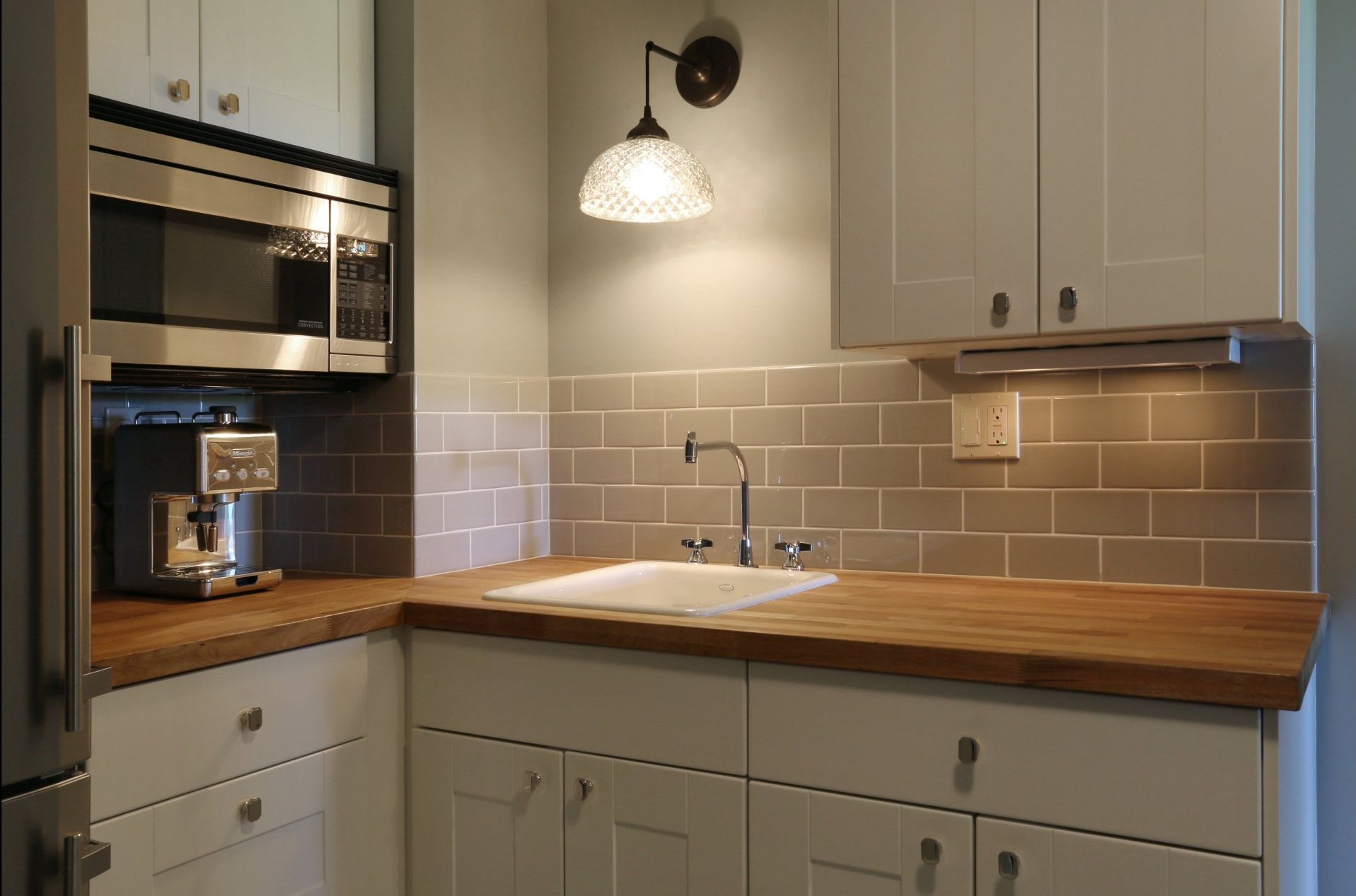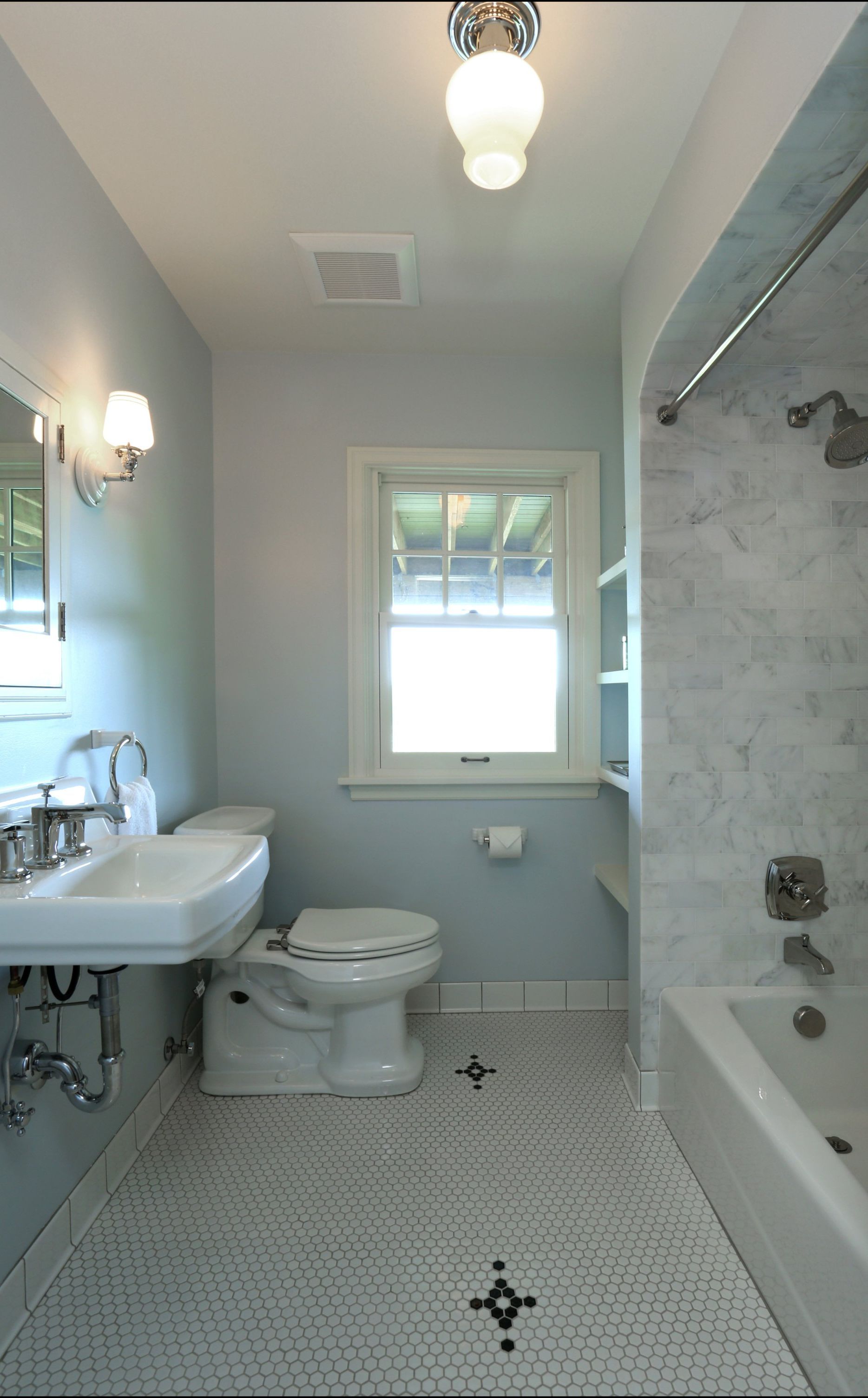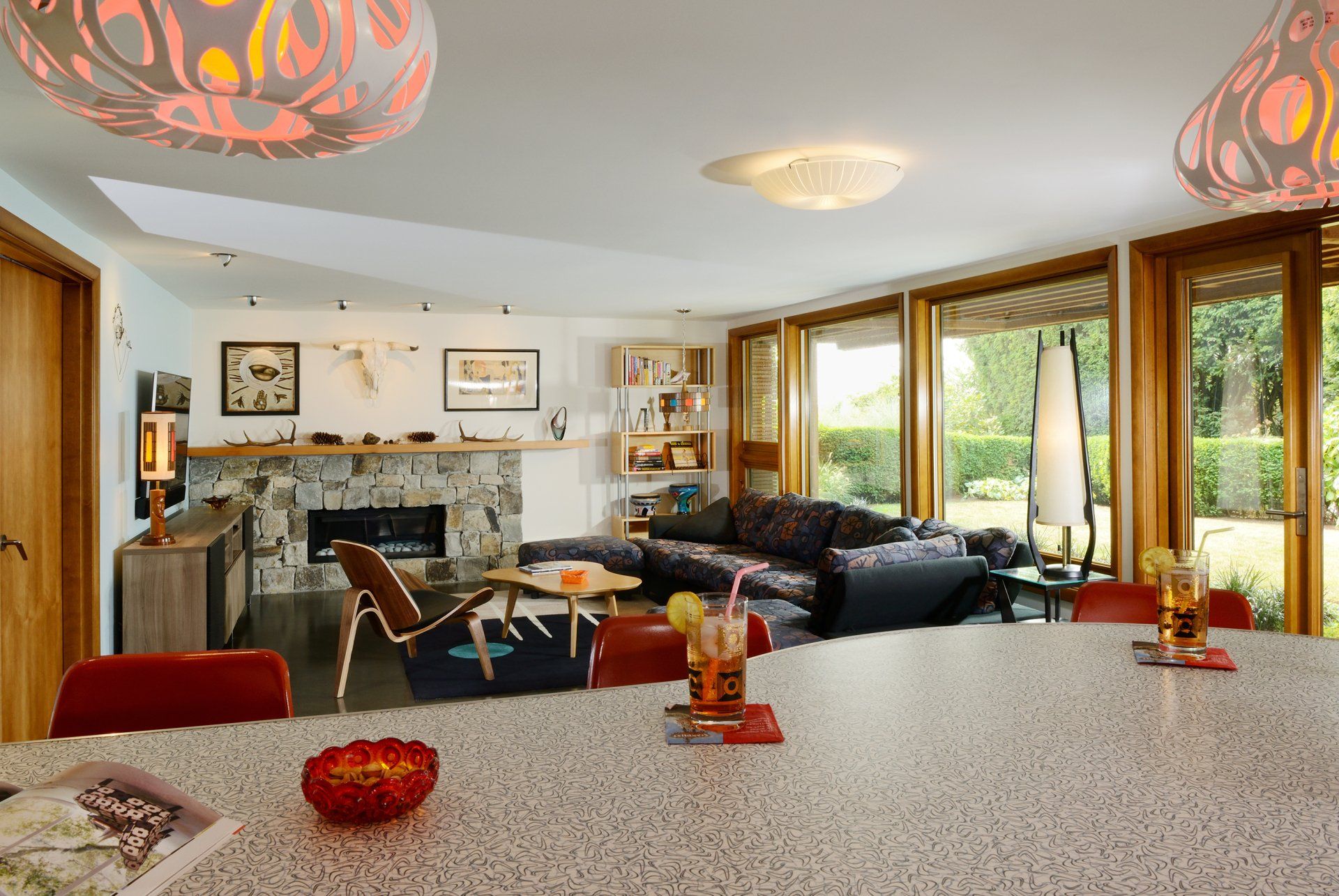a.d.u.
a.d.u.
a.d.u.
ADU Design & Build
ADU Design & Build for Historic Homes
Designing and building for an ADU is complex. Small decisions can significantly affect your property and how you experience it. If you’re thinking about creating an ADU, hiring a design/build team that is experienced with such spaces and that you trust is key.
An ADU can offer you many benefits, including maximizing your lot space or creating extended space for family members or guests. It may provide flexible-use space that serves as a guest room one moment and a rental unit at another.
ADUs also make ideal multi-generational living arrangements, especially for aging adults or older children who want to be close and maintain independence at the same time. Adding legal square footage to your house can also increase your property value.
ADU design and construction for historic properties throughout Portland means balancing complex district requirements with respect for architectural character. From garage conversions to detached units, Arciform creates Accessory Dwelling Units that are functional, compliant, and complement your property's heritage.
Designing and building for an ADU is complex. Small decisions can significantly affect your property and how you experience it. If you’re thinking about creating an ADU, hiring a design/build team that is experienced with such spaces and that you trust is key.
An ADU can offer you many benefits, including maximizing your lot space or creating extended space for family members or guests. It may provide flexible-use space that serves as a guest room one moment and a rental unit at another.
ADUs also make ideal multi-generational living arrangements, especially for aging adults or older children who want to be close and maintain independence at the same time. Adding legal square footage to your house can also increase your property value.
Download our comprehensive guide to Living Space Conversions, ADUs & Short-Term Rentals: a workshop presented by Anne De Wolf
What is an ADU - Accessory Dwelling Unit?
What is an ADU - Accessory Dwelling Unit?
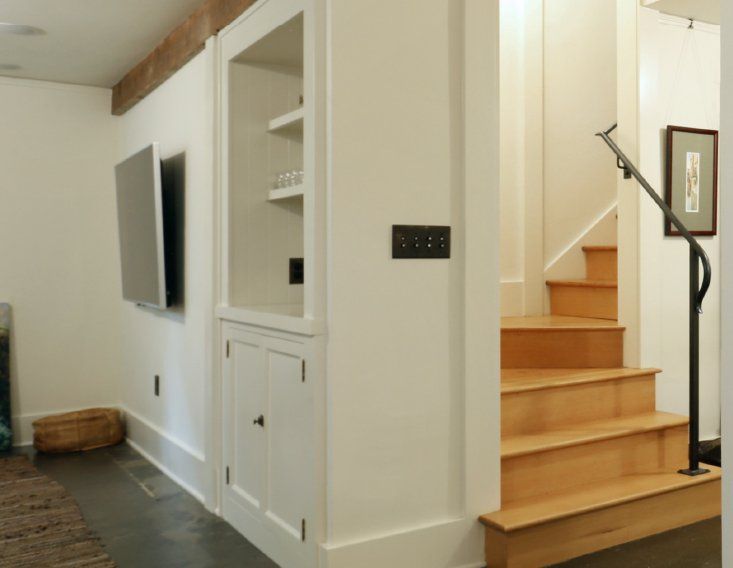
ADUs can come in many forms: a new build, standalone structure, an addition built onto your home, or a converted basement, garage, attic or outbuilding.
Portland city codes require that ADUs meet certain criteria for sleeping, cooking and sanitation. Our design/build team brings a high level of expertise plus the experience to develop ADU plans that meet your needs while they satisfy strict codes.
Working with you we maximize your ADU usage in the space available and optimize insulation and ventilation for comfortable living and efficient cooling and heating. We make sure that there is adequate headroom, especially in basements and attics. We ensure that windows and exterior doors provide ample ventilation and natural daylight and provide both visual and auditory privacy, while meeting egress requirements.

ADUs can come in many forms: a new build, standalone structure, an addition built onto your home, or a converted basement, garage, attic or outbuilding.
Portland city codes require that ADUs meet certain criteria for sleeping, cooking and sanitation. Our design/build team brings a high level of expertise plus the experience to develop ADU plans that meet your needs while they satisfy strict codes.
Working with you we maximize your ADU usage in the space available and optimize insulation and ventilation for comfortable living and efficient cooling and heating. We make sure that there is adequate headroom, especially in basements and attics. We ensure that windows and exterior doors provide ample ventilation and natural daylight and provide both visual and auditory privacy, while meeting egress requirements.
Living Space Conversion - Designing Your Dream ADU
Living Space Conversion - Designing Your Dream ADU
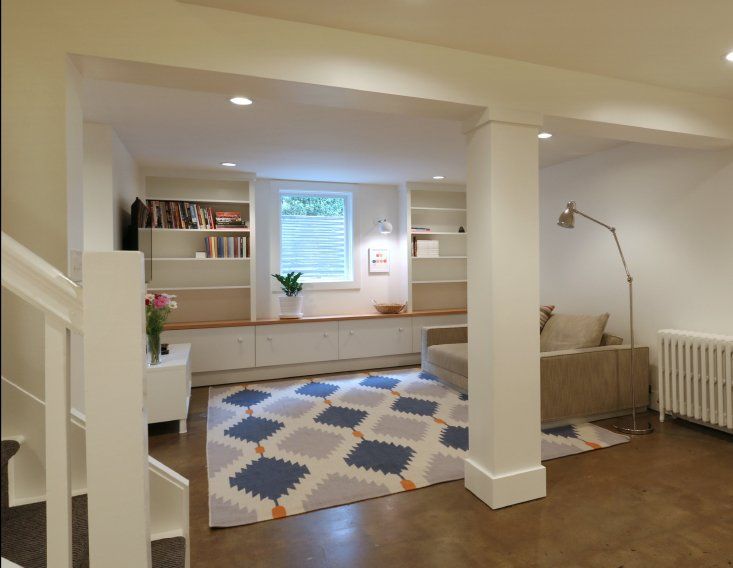
ADUs can come in many forms: a conversion of an existing garage or outbuilding, an extension built onto your home, or a converted basement or attic.
During the design phase, it’s important to consider size restrictions for your lot, how to maximize space usage in a small footprint, weather efficiency and sound dampening, utilities for the space, accessibility concerns, storage, the use of natural lighting, and the necessary level of privacy.
With Portland ADUs, builders are required to meet certain criteria for sleeping, cooking, and sanitation.
Our skilled team is highly experienced in designing to meet all code requirements. We ensure proper fire separation, and make sure that stairs either meet current code–based on tread size and ceiling height clearance–or qualify to be grandfathered in. All systems that we install are ADU code compliant.
If you are ready to have Arciform streamline the design/build process for your ADU,
contact our office today to schedule a consultation.

ADUs can come in many forms: a conversion of an existing garage or outbuilding, an extension built onto your home, or a converted basement or attic.
During the design phase, it’s important to consider size restrictions for your lot, how to maximize space usage in a small footprint, weather efficiency and sound dampening, utilities for the space, accessibility concerns, storage, the use of natural lighting, and the necessary level of privacy.
With Portland ADUs, builders are required to meet certain criteria for sleeping, cooking, and sanitation.
Our skilled team is highly experienced in designing to meet all code requirements. We ensure proper fire separation, and make sure that stairs either meet current code–based on tread size and ceiling height clearance–or qualify to be grandfathered in. All systems that we install are ADU code compliant.
If you are ready to have Arciform streamline the design/build process for your ADU,
contact our office today to schedule a consultation.
The ABCs of ADUs and Short-Term Rentals
The ABCs of ADUs and Short-Term Rentals
Always Do Research Before Adding and ADU
Adding an ADU is a simple living space solution that follows a complex process, involving a jungle of city codes, permits, and zoning regulations. Some dictate how you must build; others may even prohibit you from building. Know before you grow your living space so you don’t waste precious time and money! As you read through our ABCs of ADUs posts, you’ll find lots of links where you can research everything from applications to zoning, ceiling heights to setbacks, electric to plumbing codes, and more. Or, you can bring in an expert who knows all the clear paths through the jungle. As a design build firm in the Portland area, we live and breathe this stuff. We’re always up to date on codes, permits, and zoning.
Be Sure Your Unpermitted Addition is Legal
So your home already has an addition or converted ADU. And you’ve got it made in the shade. Just tidy it up and rent it out, or move your Mom-in-Law in. First make sure you don’t have an unpermitted room that will create trouble down the line, particularly if you’ll want to sell your home. If you’re unsure if your existing addition or remodel was correctly permitted, you can check it out
at: https://www.portlandmaps.com.
The good news is that an outlaw room can be permitted retroactively, so you won’t have to tear down that extra bathroom, bedroom, or ADU, as long as it was built correctly to code.
You’ll need an inspection, and then you’ll need to apply for a permit just as if you had built or remodeled it yourself. You can find your way through the labyrinth of codes and permits by yourself. Or you can bring in an expert, who knows the clear path through the maze.
Countdown to Construction: Your Checklist
You’ve imagined your new living space conversion or ADU. Now you can almost hear the hammers singing and the paintbrushes swooshing. But there are lots of details between dream and dwelling unit.
- Evaluate your home: are you allowed to convert space or add an ADU? You may not be, if you’re in flood plane. Or your HOA may not allow it.
- You must have at least 70 square feet of floor for your new living space: do you?
- Do you have adequate ceiling height in your basement or attic?
- Is there adequate ingress, egress, and glazing?
You’ll find lots of information on converting living spaces here: https://www.portlandoregon.gov/bds/article/93019
Always Do Research Before Adding and ADU
Adding an ADU is a simple living space solution that follows a complex process, involving a jungle of city codes, permits, and zoning regulations. Some dictate how you must build; others may even prohibit you from building. Know before you grow your living space so you don’t waste precious time and money! As you read through our ABCs of ADUs posts, you’ll find lots of links where you can research everything from applications to zoning, ceiling heights to setbacks, electric to plumbing codes, and more. Or, you can bring in an expert who knows all the clear paths through the jungle. As a design build firm in the Portland area, we live and breathe this stuff. We’re always up to date on codes, permits, and zoning.
Be Sure Your Unpermitted Addition is Legal
So your home already has an addition or converted ADU. And you’ve got it made in the shade. Just tidy it up and rent it out, or move your Mom-in-Law in. First make sure you don’t have an unpermitted room that will create trouble down the line, particularly if you’ll want to sell your home. If you’re unsure if your existing addition or remodel was correctly permitted, you can check it out
at: https://www.portlandmaps.com.
The good news is that an outlaw room can be permitted retroactively, so you won’t have to tear down that extra bathroom, bedroom, or ADU, as long as it was built correctly to code.
You’ll need an inspection, and then you’ll need to apply for a permit just as if you had built or remodeled it yourself. You can find your way through the labyrinth of codes and permits by yourself. Or you can bring in an expert, who knows the clear path through the maze.
Countdown to Construction: Your Checklist
You’ve imagined your new living space conversion or ADU. Now you can almost hear the hammers singing and the paintbrushes swooshing. But there are lots of details between dream and dwelling unit.
- Evaluate your home: are you allowed to convert space or add an ADU? You may not be, if you’re in flood plane. Or your HOA may not allow it.
- You must have at least 70 square feet of floor for your new living space: do you?
- Do you have adequate ceiling height in your basement or attic?
- Is there adequate ingress, egress, and glazing?
You’ll find lots of information on converting living spaces here: https://www.portlandoregon.gov/bds/article/93019
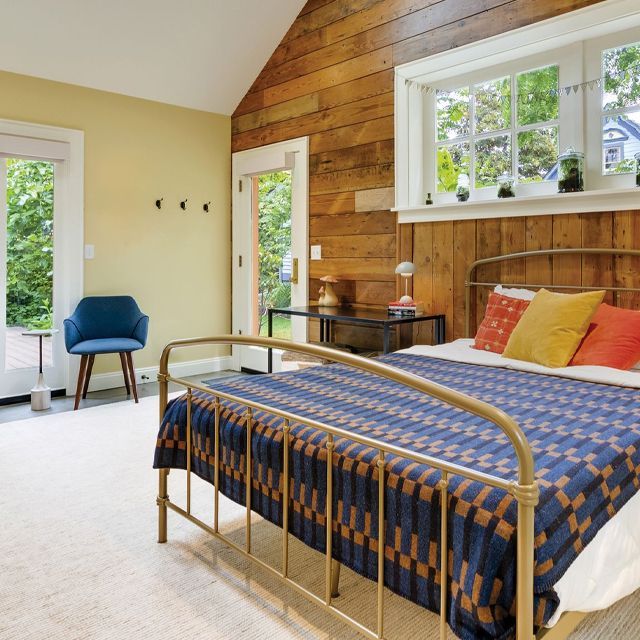
ADU (Accessory Dwelling Unit) FAQs
Can I build an ADU on my property if I live in a historic district?
Yes, you can. You will have to go through historic review, and the new structure will have to be in keeping with the original architectural details of the primary structure. Often times the review committee will want a supple distinction between the original and the new. So designing within these parameters takes a mindful approach.
What defines an ADU in Portland?
ADUs are functionally entirely independent of the main structure and require fire barriers, independent HVAC, an electrical sub panel and a water shut off in addition to spaces to prepare food, sleep, and bathe. This is beneficial when you want to rent the space full time and have clearly defined boundaries.
What are the key elements that make an ADU successful?
When we design an ADU we keep in mind techniques that help when sharing a property with multiple tenants. There are circulation paths to consider, line of sight with regard to privacy, parking and storage needs, and sound, smell and light management. When a property or a structure was not originally laid out to house multiple tenants, the creative solutions the Arciform design team comes up with can make a huge difference.
What is the difference between an ADU and a Mother-in-Law suite?
An ADU is an official separate living unit, with its own address and services. A Mother In-Law Suite can be whatever you want it to be. It can be bedroom with a sitting area, a kitchenette and a sitting area, or it can be a guest house on your property. The kitchenette can only be minor cooking, like a microwave or hot plate, as fire safety is an issue if a full range is installed and there are code parameters that need to be met. You can also share the utilities and there does not need to be a defined separation between the main residence and the Mother In-Law Suite. We are well versed at addressing the bureaucratic maze that has to be navigated when we restore historic landmarks like churches, government buildings or homes in historic neighborhoods. Arciform has been collaborating and networking with the preservation organizations for decades and we all want to meet a common goal, preserving or historic resources and the character that makes Portland so special. And of course, we have what we feel is the most talented group of artists that are able to make the new elements look like part of the original.
ADU (Accessory Dwelling Unit) FAQs
Can I build an ADU on my property if I live in a historic district?
Yes, you can. You will have to go through historic review, and the new structure will have to be in keeping with the original architectural details of the primary structure. Often times the review committee will want a supple distinction between the original and the new. So designing within these parameters takes a mindful approach.
What defines an ADU in Portland?
ADUs are functionally entirely independent of the main structure and require fire barriers, independent HVAC, an electrical sub panel and a water shut off in addition to spaces to prepare food, sleep, and bathe. This is beneficial when you want to rent the space full time and have clearly defined boundaries.
What are the key elements that make an ADU successful?
When we design an ADU we keep in mind techniques that help when sharing a property with multiple tenants. There are circulation paths to consider, line of sight with regard to privacy, parking and storage needs, and sound, smell and light management. When a property or a structure was not originally laid out to house multiple tenants, the creative solutions the Arciform design team comes up with can make a huge difference.
What is the difference between an ADU and a Mother-in-Law suite?
An ADU is an official separate living unit, with its own address and services. A Mother In-Law Suite can be whatever you want it to be. It can be bedroom with a sitting area, a kitchenette and a sitting area, or it can be a guest house on your property. The kitchenette can only be minor cooking, like a microwave or hot plate, as fire safety is an issue if a full range is installed and there are code parameters that need to be met. You can also share the utilities and there does not need to be a defined separation between the main residence and the Mother In-Law Suite. We are well versed at addressing the bureaucratic maze that has to be navigated when we restore historic landmarks like churches, government buildings or homes in historic neighborhoods. Arciform has been collaborating and networking with the preservation organizations for decades and we all want to meet a common goal, preserving or historic resources and the character that makes Portland so special. And of course, we have what we feel is the most talented group of artists that are able to make the new elements look like part of the original.
1904 Colonial with 2 Air BnBs on 3rd Floor
1904 Colonial with 2 Air BnBs on 3rd Floor
1904 Colonial with 2 Air BnBs on 3rd Floor
1904 Colonial with 2 Air BnBs on 3rd Floor
1904 Colonial with 2 Air BnBs on 3rd Floor
1904 Colonial with 2 Air BnBs on 3rd floor
1910 Tudor with ADU in Basement
1910 Tudor with ADU in Basement
1910 Tudor with ADU in Basement
1904 Colonial with 2 Air BnBs on 3rd Floor
1904 Colonial with 2 Air BnBs on 3rd Floor
1904 Colonial with 2 Air BnBs on 3rd Floor
1904 Colonial with 2 Air BnBs on 3rd Floor
1904 Colonial with 2 Air BnBs on 3rd Floor
1904 Colonial with 2 Air BnBs on 3rd floor
1910 Tudor with ADU in Basement
1910 Tudor with ADU in Basement
1910 Tudor with ADU in Basement
ADU (Accessory Dwelling Unit) FAQs
Can I build an ADU on my property if I live in a historic district?
Yes, you can. You will have to go through historic review, and the new structure will have to be in keeping with the original architectural details of the primary structure. Often times the review committee will want a supple distinction between the original and the new. So designing within these parameters takes a mindful approach.
What defines an ADU in Portland?
ADUs are functionally entirely independent of the main structure and require fire barriers, independent HVAC, an electrical sub panel and a water shut off in addition to spaces to prepare food, sleep, and bathe. This is beneficial when you want to rent the space full time and have clearly defined boundaries.
What are the key elements that make an ADU successful?
When we design an ADU we keep in mind techniques that help when sharing a property with multiple tenants. There are circulation paths to consider, line of sight with regard to privacy, parking and storage needs, and sound, smell and light management. When a property or a structure was not originally laid out to house multiple tenants, the creative solutions the Arciform design team comes up with can make a huge difference.
What is the difference between an ADU and a Mother-in-Law Suite?
An ADU is an official separate living unit, with its own address and services. A Mother In-Law Suite can be whatever you want it to be. It can be bedroom with a sitting area, a kitchenette and a sitting area, or it can be a guest house on your property. The kitchenette can only be minor cooking, like a microwave or hot plate, as fire safety is an issue if a full range is installed and there are code parameters that need to be met. You can also share the utilities and there does not need to be a defined separation between the main residence and the Mother In-Law Suite. We are well versed at addressing the bureaucratic maze that has to be navigated when we restore historic landmarks like churches, government buildings or homes in historic neighborhoods. Arciform has been collaborating and networking with the preservation organizations for decades and we all want to meet a common goal, preserving or historic resources and the character that makes Portland so special. And of course, we have what we feel is the most talented group of artists that are able to make the new elements look like part of the original.
Enjoy a sampling of our ADU designs below and see the full project stories in our portfolio!
1904 Colonial with 2 Air BnBs on 3rd Floor
1904 Colonial with 2 Air BnBs on 3rd Floor
1904 Colonial with 2 Air BnBs on 3rd Floor
1904 Colonial with 2 Air BnBs on 3rd Floor
1904 Colonial with 2 Air BnBs on 3rd Floor
1904 Colonial with 2 Air BnBs on 3rd floor
1910 Tudor with ADU in Basement
1910 Tudor with ADU in Basement
1910 Tudor with ADU in Basement

